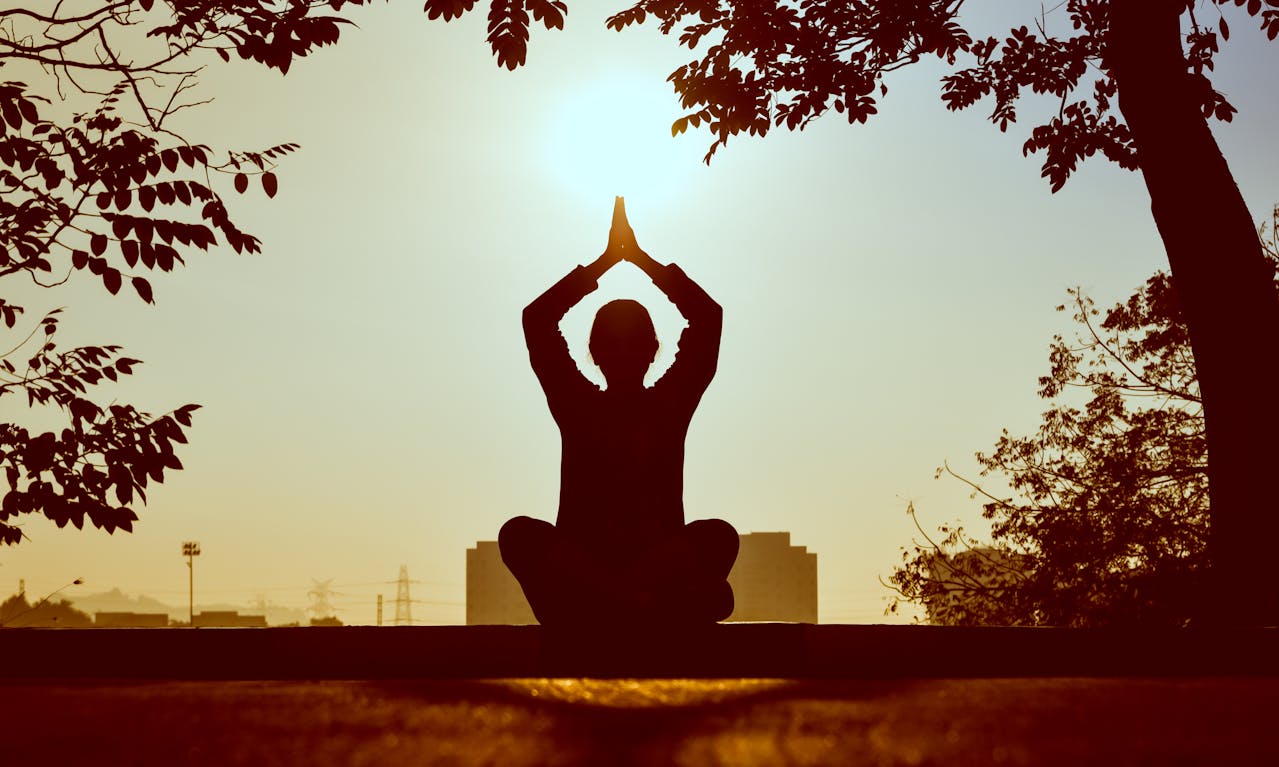Contents
People do different sports to get balance. Have you ever heard that running and exercising in gyms stabilize feelings and reduce stress? So, it’s easy to assume that strength and intense workouts are the key. However, one more thing can have the same effect with a gentle approach. It is yoga, a widely used practice that supports mental health. People claim to become more self-aware by practicing 15 minutes a day. So, let’s dive into how yoga affects the people.
About Chasing Balance
Balance is a mysterious feeling we have inside. There are no metric parameters to obtain, so we can say, “Here it is.” On the one hand, we live in a relaxed environment, when times pass slowly and with no deadlines. Then, we should remind ourselves about the inner power we possess and do not use – then, we do active sports.
On the other hand, our routine may be too harsh, and we wait in traffic jams with many ongoing tasks. Then, the good thing to do is to calm down. Yoga is similar to online psychic readings or a session with a psychologist. It is calm, gentle, and requires concentration. We realize we freely express emotions we’ve been holding back by doing it.
Yoga Basics
Yoga and Eastern practices are the most peaceful ones you can ever find. Its foundation is a whole system of beliefs formed over millennia. Most of our knowledge about yoga comes from ancient texts (The Vedas, the Upanishads, the Bhagavad Gita, and later the Yoga Sutras of Patanjali.) It is an ideology that views a person as a whole: body, mind, emotions, energy, and soul.
1. Karma
One of the central ideas of yoga is karma. It is the law of cause and effect. It teaches practitioners to be aware of their actions and even thoughts. It says that what we have lost will come to us in another form when we act wisely and kindly. We are in charge, and it is not easy to accept, but it is liberating: if I created it myself, I can change it.
2. Peace
Another essential concept is inner peace and tranquility. The latter comes not when you run from all the problems but when you learn to co-exist with them. Yoga does not promise that life will become easy, but it teaches you to look at difficulties as a process. Learn to breathe when it hurts. Don’t run away, but stay with it – observe, accept, let go.
3. Spiritual Guides
Many yoga teachers become spiritual guides to you. They offer life philosophy. Among them are Patanjali (author of the Yoga Sutras), B.K.S. Iyengar, Swami Sivananda, T.K.V. Desikachar, and modern voices like Sadhguru, Sri Sri Ravi Shankar, Deepak Chopra. They often explain how crises and loss bring a deeper understanding of oneself.
Yoga is not about escaping the world. It’s about how to be in the world – with clarity, dignity, and stability.
Reasons to Dive Into Yoga
Thus, we are not the first generation to try yoga, as we see how ancient it is. But why to do it in the 21st century?
1. Get New Knowledge
When we study something, we make new neural connections in our brains and body. It means we get new impressions and make our worldview wider. It starts with “I did this asana” and goes on to new, unexpected solutions and coping mechanisms we obtain. The next time we are overwhelmed, we use new calming tricks by paying attention to breathing. We can compare ourselves now with who we were at the start. The point is to notice the key takeaways.
2. Realize Expectations
People who plan to start practicing should articulate their expectations. Why are they interested in it? What do they look for in yoga – peace, strength, physical recovery, or meaning? It is an honest reflection, which in itself can be therapeutic. At the same time, they help to understand motivation and not give up on the first week.
3. Accept What You Were Running From
You can observe your thoughts while practicing. What would you like to do with your life, or what bothers you? The difficulties you usually ignore. Do not underestimate this experience, a sincere transfer of feelings and changes. You may create a new plan that improves your life. The unexpected benefit here is to connect with like-minded people and share your current situation. You may find friends, love, or a practice partner.
4. Experts’ Advice
There is another benefit – get expert advice. You meet yoga teachers and those who lead studios or classes who can teach you. They explain asanas and elaborate on breathing practices and lifehacks to survive this routine. The point is that you communicate with people who can teach you more than yoga. You may find new destinations and retreats with wonderful people.
A Quick Guide: How Do You Start Doing Yoga?
It is easier if you create the right conditions for it. Choose a time and place when you can concentrate without distraction. It could be the morning before work or a quiet evening. Prepare a cozy room, let fresh air in, and find a pleasant lesson online. Also, go to a yoga class, read a book, and find those who practice. All these actions will help you focus and make practicing yoga an inspiring ritual.
As for the beginning – don’t try to be perfect. It is impossible, so just start educating yourself. Remember that you start a new habit, and you should give it time. Your task is to do it regularly and to cherish the reasons for doing it. Get inspired by other people’s experiences – and you may even write down your thoughts and feelings.
Conclusion
Yoga is often part of therapeutic techniques or spiritual practices – its value is difficult to overestimate. It is not necessarily for experienced practitioners to feel the difference. It is for everyone interested in knowing themselves and seeking inner peace and balance. It changes the way you see the world and makes progress. Would you like to give it a try today?



